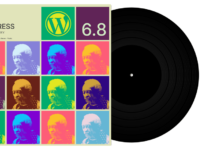Kansas Students to Engage with NASA Astronauts Aboard the International Space Station
In an exciting opportunity for students in Topeka, Kansas, NASA astronauts Matthew Dominick and Tracy C. Dyson will be answering pre-recorded questions from local students aboard the International Space Station (ISS). This event is scheduled for Wednesday, August 21, and will provide students from Mose J. Whitson Elementary, Most Pure Heart Catholic School, and Aviation Explorers Post 8 a chance to interact with astronauts in space.
Event Details and Live Stream
The 20-minute live call between space and Earth is set to be streamed at 10:30 a.m. EDT on August 21. The event will be available to the public through multiple platforms, including NASA Television, the NASA app, and the agency’s official website. For those interested in tuning in, you can learn how to stream NASA TV on various platforms, including social media, by visiting the provided links.
Media Participation
Media outlets interested in covering this unique educational event must RSVP by 5 p.m. on Monday, August 19. To do so, they should contact Aaron Gray at agray@tps501.org or call 785-295-2900.
Preparatory Activities
In the lead-up to this event, students from Whitson Elementary teamed up with high school members of Aviation Explorers Post 8 for a hands-on learning experience at a local airport. This included a control tower tour and a pre-flight inspection demonstration. Additionally, the Lawrence Amateur Astronomy Club, University of Kansas graduate students, and other astronomy enthusiasts provided educational presentations during the Whitson Starry Night Astronomy Title I family night. On the day of the event, more than five schools from across the community are expected to join in and watch the live stream.
The International Space Station: A Hub of Continuous Research
For over 23 years, the ISS has been a hub of continuous human presence in space, where astronauts have been living and working round the clock. This orbiting laboratory is a site for cutting-edge research and technology development that benefits life on Earth and lays the foundation for future space missions. Astronauts on the ISS maintain constant communication with NASA’s Mission Control Center in Houston through the SCaN (Space Communications and Navigation) Near Space Network.
The Broader Impact of ISS Research
The research and technology investigations conducted on the ISS have far-reaching implications. These studies not only advance our understanding of space but also have practical applications on Earth, ranging from medical advancements to new materials and technologies. Moreover, these efforts are integral to NASA’s broader mission, including the Artemis program, which aims to return astronauts to the Moon and prepare for human exploration of Mars. This initiative seeks to inspire the next generation of explorers—often referred to as the Artemis Generation—and ensure that the United States continues to lead in space exploration and discovery.
Educational Resources
For educators and students interested in learning more about the ISS and the research conducted there, NASA offers a wealth of resources. Videos and lesson plans highlighting space station research can be found at the following link: NASA STEM on Station.
Additional Context and Background
The ISS serves as a microgravity and space environment research laboratory in which scientific research is conducted in astrobiology, astronomy, meteorology, physics, and other fields. The station is divided into two sections: the Russian Orbital Segment (ROS), operated by Russia, and the United States Orbital Segment (USOS), operated by the United States as well as by the space agencies of Japan, Europe, and Canada.
The SCaN network, which supports communication between the ISS and Earth, is a vital part of NASA’s infrastructure. SCaN ensures that data and communications are transmitted seamlessly, enabling real-time collaboration between astronauts in space and scientists on the ground.
NASA’s Artemis program represents a new era of lunar exploration. Named after the twin sister of Apollo and the goddess of the Moon in Greek mythology, the Artemis program aims to land "the first woman and the next man" on the Moon by 2024. This mission will create a sustainable human presence on the Moon by the end of the decade, paving the way for human exploration of Mars.
Community and Educational Impact
This upcoming event with the students of Topeka is not just a unique educational experience but also a significant opportunity to inspire young minds. By interacting with astronauts, students gain firsthand insight into the vast possibilities of space exploration and the various career paths in science, technology, engineering, and mathematics (STEM). Such events are crucial in sparking curiosity and interest in the next generation of scientists, engineers, and explorers.
Moreover, the involvement of local organizations such as the Lawrence Amateur Astronomy Club and the University of Kansas highlights the collaborative effort in promoting STEM education. These initiatives ensure that students receive a well-rounded understanding of astronomy and space science, encouraging them to pursue further studies and careers in these fields.
Conclusion
The live interaction between Kansas students and NASA astronauts aboard the ISS is a testament to the power of technology and education. It bridges the gap between Earth and space, bringing the wonders of the universe closer to young learners. Events like these underscore the importance of continuous learning and exploration, both on our planet and beyond.
For more information or to access educational materials related to the ISS, visit NASA STEM on Station. To stay updated on NASA’s missions and live events, keep an eye on NASA Television, the NASA app, and the agency’s official website.
Contacts for further inquiries:
- Abbey Donaldson / Gerelle Dodson, NASA Headquarters, Washington (202-358-1600, Abbey.a.donaldson@nasa.gov, gerelle.q.dodson@nasa.gov)
- Sandra Jones, Johnson Space Center, Houston (281-483-5111, sandra.p.jones@nasa.gov)
This event is a remarkable opportunity for students to engage directly with space exploration, fostering a spirit of curiosity and innovation that will drive future discoveries.
For more Information, Refer to this article.


















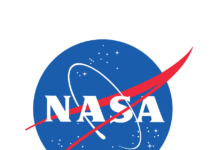
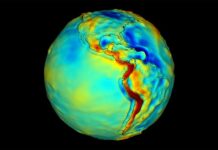
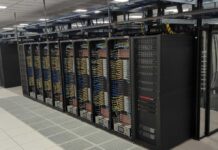






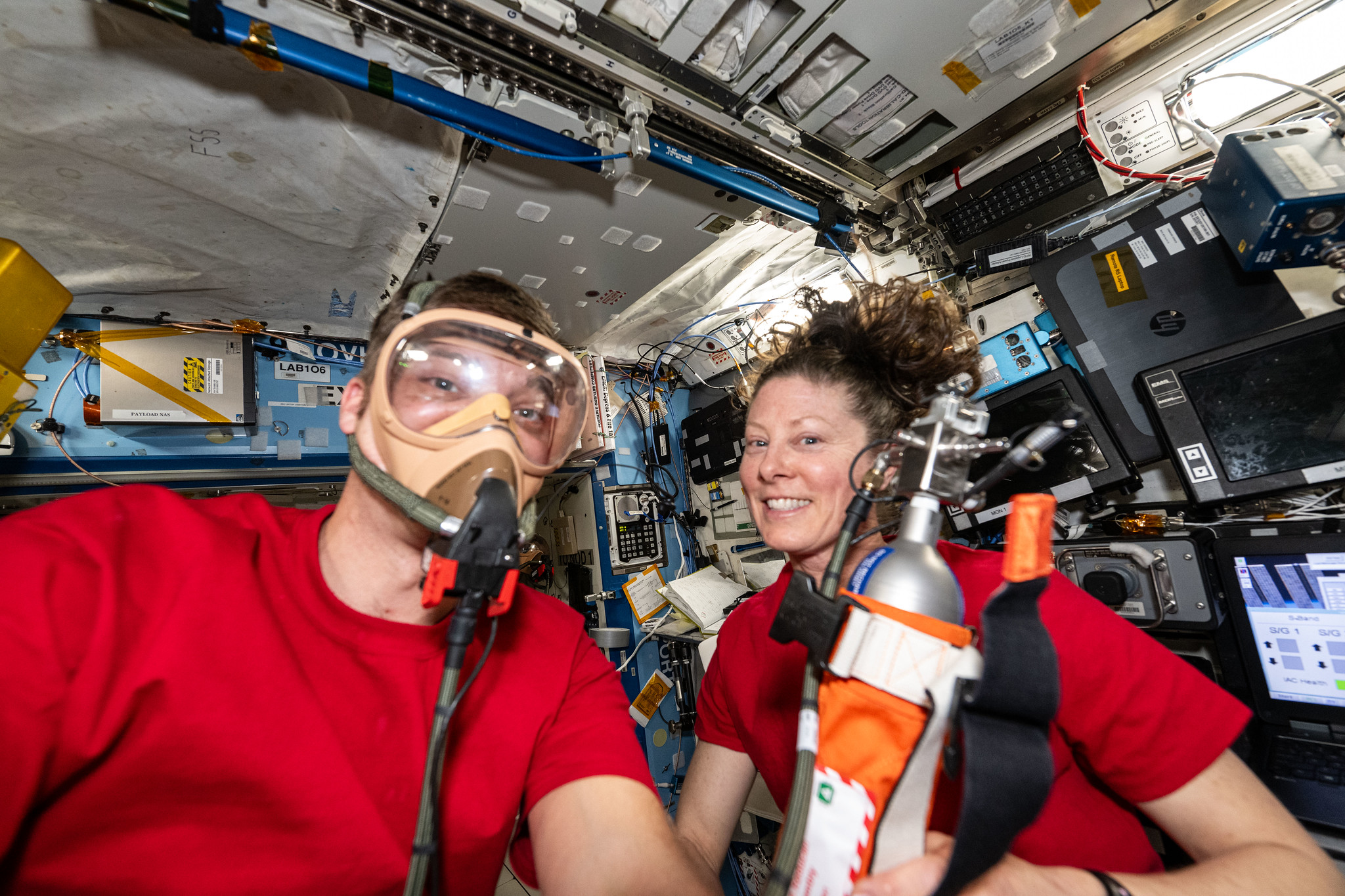

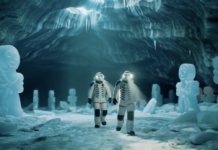
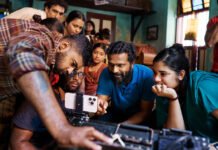
![Samsung Developers Recommend 3 Top Good Lock Features [Exploring Good Lock ③] 3 Features Recommended by Samsung Developers and Newsroom Editors](https://www.hawkdive.com/media/samsung-mobile-good-lock-home-up-developers-and-editors-picks-wonderland-edge-lighting-and-nice-shot-218x150.gif)

